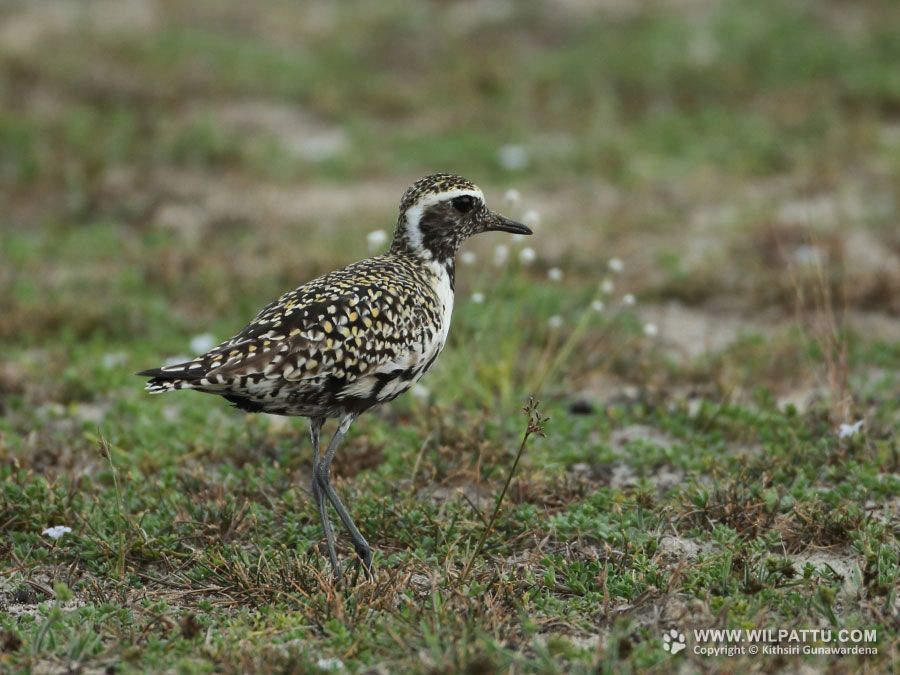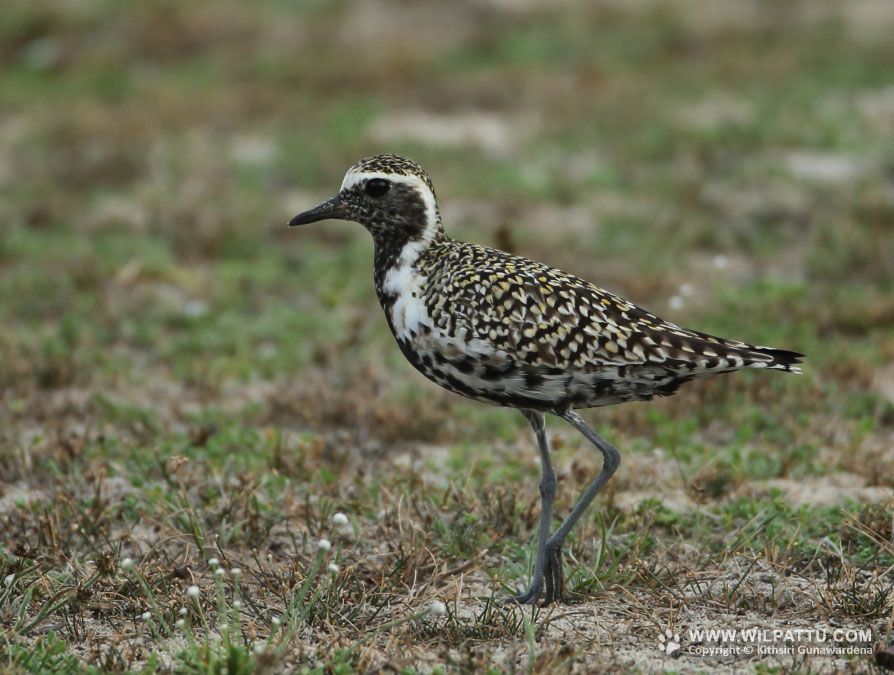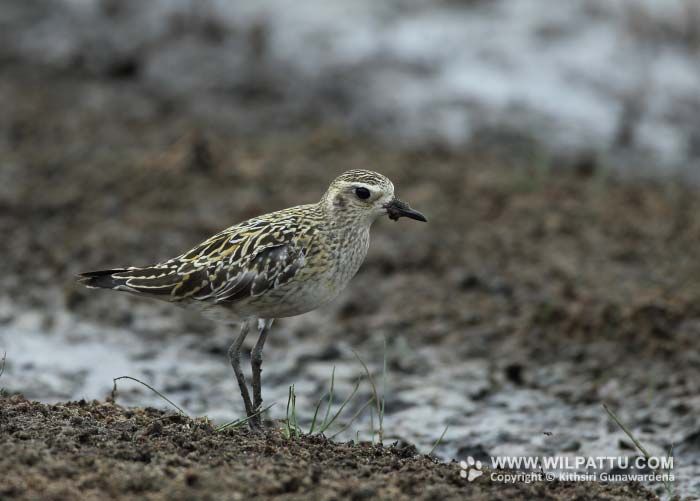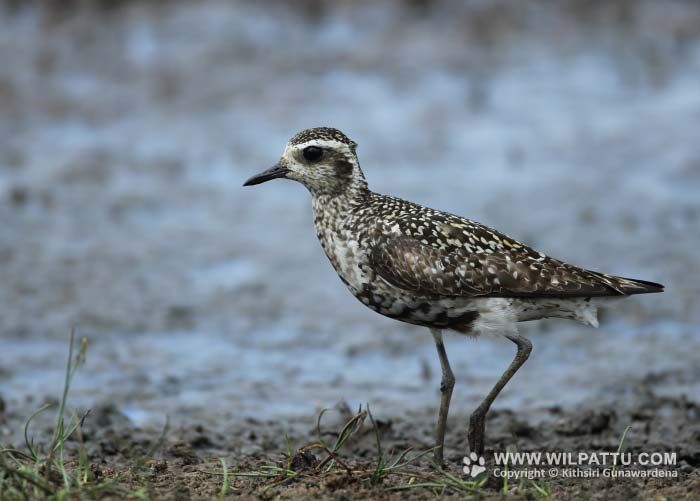
Birds ‹‹ Go Back
This is a very common migrant seen in open fields of the lowlands during the winter season. This golden plover breeds in the Arctic tundra in Western Alaska and Siberia. It winters on islands across the Pacific Ocean through South-East Asia to North-Eastern Africa. A small population is known to winter in California and Hawaii in the United States of America.
The conservation status of this species is regarded as Least Concerned (IUCN Red List).
The Asiatic Golden Plover is a species protected under the Fauna and Flora Protection Ordinance as amended by Act No. 22 of 2009.
I have observed this species to be common throughout the country during the migrant season in most open fields including paddy fields and grasslands close to water up to an altitude of about 350 meters from sea level. In the wet zone it is common at Talangama Wetlands, Kotte and Bellanwila Attidiya Marshes. I have kept records of the numbers of this species that arrive at the Kotte Marshes. In December 2001, I counted 319 birds, January 2004, 245 and in February 2007, 145. However by 2011 and 2013 their numbers had come down to between 30-50 birds. In the North I have seen this species in Mannar, the Jaffna Peninsula, the Delft Island. It is common in all the dry zone national parks in the country. Having arrived in the country around September and October they will remain almost until April to return to their breeding grounds in the Arctic tundra. During the last few months of their stay, most birds will be at different stages of acquiring their beautiful breeding plumage.
This is a very common species at Wilpattu and can be regularly seen at most open fields around the Villus and water bodies such as Mahapatessa, Kudapatessa, Panikkar Villu, Tala Wila, Borupan Wila, Thimbiri Wila and Kuruttupandi Villu. Usually they can be seen at these localities feeding on the ground in scattered flocks of up to 20-40 birds.




